Raw vs. Cooked Pet Food: What's Best for Your Dog or Cat's Health?
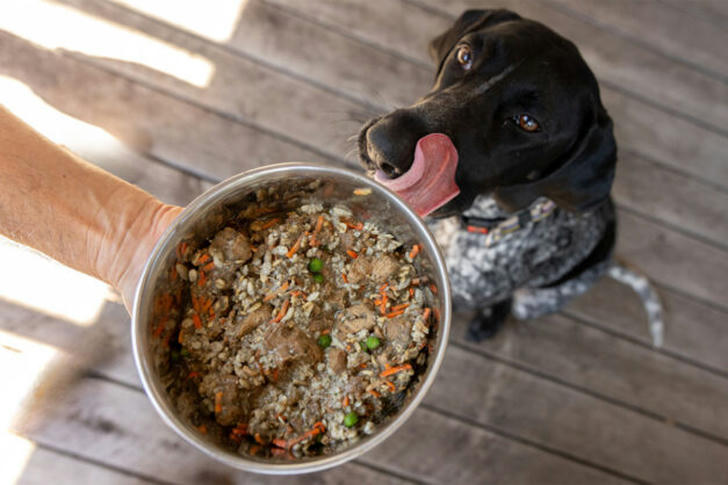
As a pet owner, one of the most important decisions you'll make for your furry friend is choosing the right food. Among the many options available, raw and cooked pet food are two of the most discussed. Both types of food come with their own set of benefits and risks, making it essential to understand their differences. But which one is best for your dog or cat's health?
In this article, we will explore the pros and cons of raw and cooked pet food, helping you make an informed decision about what's best for your pet.
Understanding Raw Pet Food
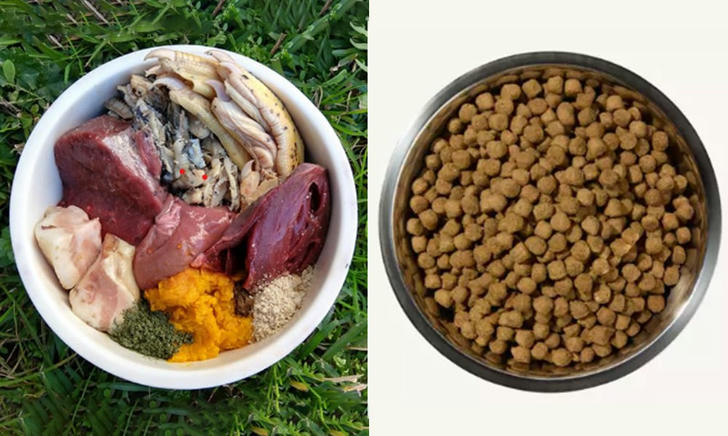
Raw pet food is based on a natural, biologically appropriate diet that closely mimics what animals would eat in the wild. Typically, it consists of raw meats, bones, organs, and sometimes vegetables. Proponents of raw food diets argue that feeding pets raw food is more natural, providing them with a diet that is free from the preservatives and additives often found in commercial kibble.
Benefits of Raw Pet Food:
Better Digestion and Nutrient Absorption
Raw food is often easier for pets to digest, and it's packed with nutrients in their natural form. This means pets may absorb more vitamins and minerals, leading to better overall health. Raw diets are often praised for their ability to improve skin, coat, and digestive health.Improved Energy Levels
Pets on a raw food diet may exhibit increased energy, better muscle tone, and an overall healthier appearance. The high-quality protein and fatty acids found in raw foods can contribute to stronger muscles, bones, and overall vitality.Teeth and Gum Health
Chewing raw bones and meats can help clean your pet's teeth, reducing plaque buildup and promoting better oral health. This can be especially beneficial for dogs that are prone to dental issues.
Risks of Raw Pet Food:
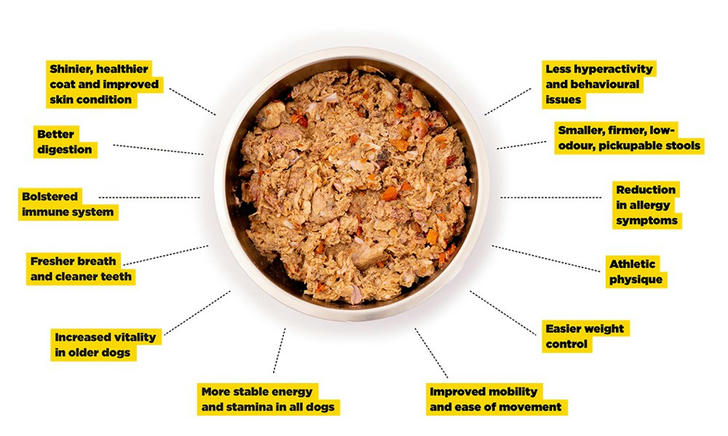
Bacterial Contamination
One of the biggest concerns with raw pet food is the potential for bacterial contamination. Raw meat, especially if not handled properly, can contain harmful bacteria like Salmonella or E. coli, which could affect both pets and humans in the household.Nutritional Imbalance
While raw food can provide numerous health benefits, it's important to ensure the diet is balanced. Without proper knowledge and preparation, a raw food diet may be lacking in certain essential nutrients, which can lead to deficiencies.Bones Can Be Dangerous
Some raw diets include bones, and while these can help with dental health, they also pose a risk of choking or internal injury, especially if the bones are too hard or splinter.
Exploring Cooked Pet Food
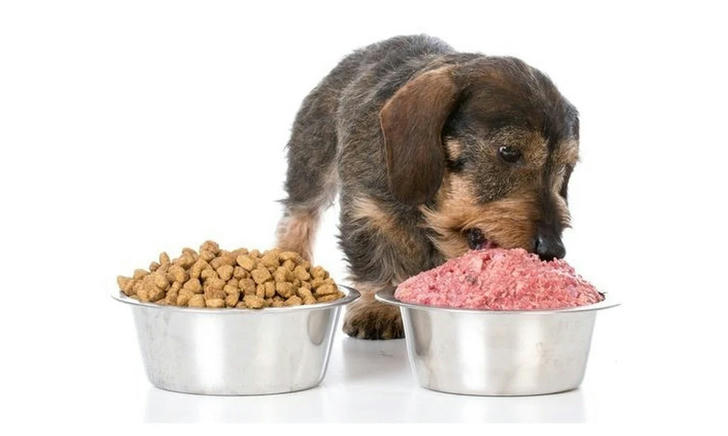
Cooked pet food, on the other hand, consists of meat, vegetables, and grains that have been cooked or processed to make them easier to digest. Commercial cooked pet food often includes added vitamins and minerals to ensure nutritional balance. Cooked food can be a safer alternative for pet owners concerned about the potential health risks of raw food.
Benefits of Cooked Pet Food:
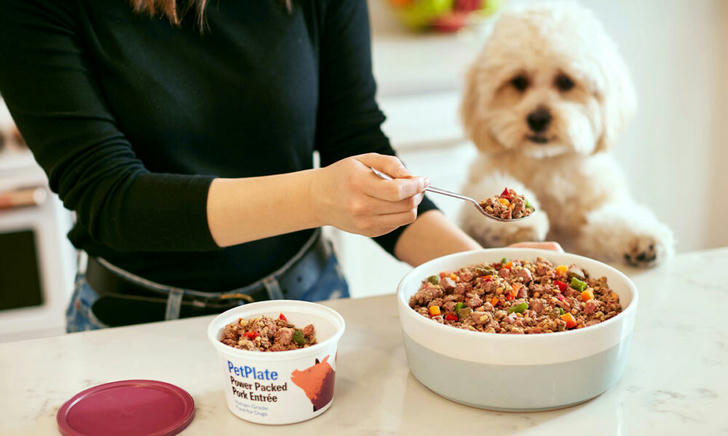
Reduced Risk of Bacterial Infection
Cooking pet food eliminates the risk of harmful bacteria that can be present in raw meat. This is a major benefit, especially for pet owners who want to avoid the health risks associated with raw food.Balanced Nutrition
Commercial cooked pet food is typically formulated to meet all of your pet's nutritional needs. It is designed to provide a balanced combination of protein, carbohydrates, fats, and vitamins, ensuring that your pet gets the right nutrients in every meal.Easier to Store and Handle
Cooked food is generally easier to store, and the handling process is much safer compared to raw food. There's no need to worry about the risk of contamination from handling raw meat, making it a more convenient option for many pet owners.
Risks of Cooked Pet Food:
Loss of Nutrients
Cooking food can result in the loss of some essential nutrients, especially heat-sensitive vitamins like B vitamins and Vitamin C. While commercial pet food companies often add these nutrients back into the food, they may not always be as bioavailable as those found in raw food.Less Dental Health Benefits
Cooked food doesn't provide the same dental health benefits as raw bones. Without the mechanical action of chewing raw bones, pets may be more prone to developing plaque and tartar, leading to potential dental issues.Higher Cost of High-Quality Cooked Foods
High-quality cooked pet food, especially those that are nutritionally balanced, can be more expensive than standard kibble or raw food. This may be a consideration for pet owners on a budget.
So, Which is Best for Your Pet?

The choice between raw and cooked pet food depends on your pet's specific needs, your lifestyle, and your comfort level with preparing their meals.
Raw food might be the right choice if you want to provide your pet with a more natural, nutrient-dense diet and are comfortable handling raw meat. However, it's essential to ensure the diet is well-balanced and handled safely to avoid health risks.
Cooked food could be the better option if you're concerned about bacterial contamination and prefer the convenience of commercially prepared meals that are balanced and easy to store. It's especially a good option for pets with sensitivities or those who require a specific nutritional profile.
Regardless of the path you choose, always consult with your veterinarian to ensure that your pet's diet is tailored to their individual health needs. Both raw and cooked food diets can provide great benefits when done correctly, and with the right care, your pet can thrive on either option.
